Military hierarchies are, by necessity, rigid structures. DARPA’s ‘Mosaic Warfare’ project aims for something much more fluid and adaptable, with AI doing the logistical grunt work so human commanders can get creative.
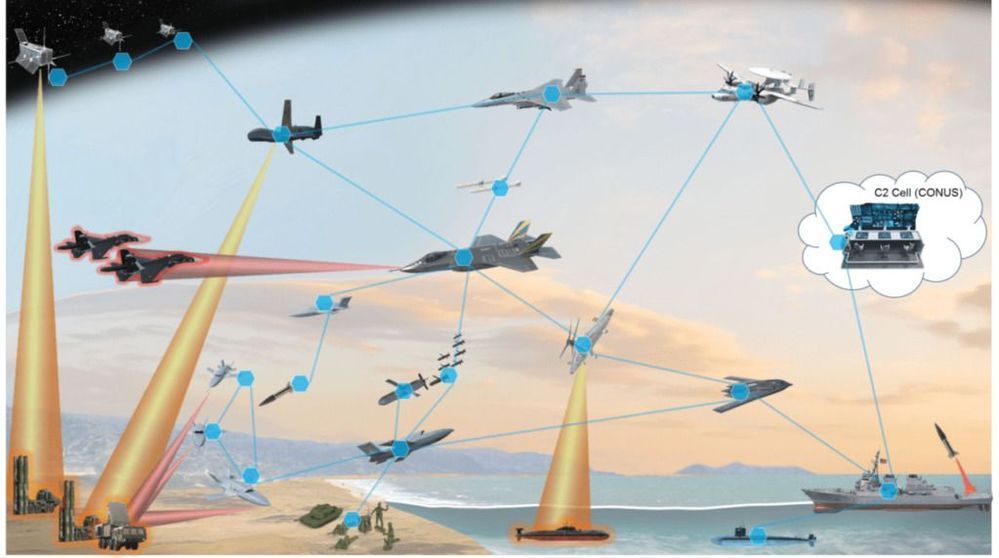


Tuomas Sandholm, a computer scientist at Carnegie Mellon University, is not a poker player—or much of a poker fan, in fact—but he is fascinated by the game for much the same reason as the great game theorist John von Neumann before him. Von Neumann, who died in 1957, viewed poker as the perfect model for human decision making, for finding the balance between skill and chance that accompanies our every choice. He saw poker as the ultimate strategic challenge, combining as it does not just the mathematical elements of a game like chess but the uniquely human, psychological angles that are more difficult to model precisely—a view shared years later by Sandholm in his research with artificial intelligence.
“Poker is the main benchmark and challenge program for games of imperfect information,” Sandholm told me on a warm spring afternoon in 2018, when we met in his offices in Pittsburgh. The game, it turns out, has become the gold standard for developing artificial intelligence.
Tall and thin, with wire-frame glasses and neat brow hair framing a friendly face, Sandholm is behind the creation of three computer programs designed to test their mettle against human poker players: Claudico, Libratus, and most recently, Pluribus. (When we met, Libratus was still a toddler and Pluribus didn’t yet exist.) The goal isn’t to solve poker, as such, but to create algorithms whose decision making prowess in poker’s world of imperfect information and stochastic situations—situations that are randomly determined and unable to be predicted—can then be applied to other stochastic realms, like the military, business, government, cybersecurity, even health care.
The U.S. Army’s next-generation infantry fighting vehicle could feature German DNA. German defense contractor Rheinmetall is teaming up with American defense contractor Raytheon to offer the company’s KF41 Lynx infantry fighting vehicle to the U.S. Army. The Army is looking to replace its thousands of M2 Bradley fighting vehicles with a newer design that is not only better in every way, but also has the ability to be remotely controlled on the battlefield.
➡ You love badass military tech. So do we. Let’s nerd out over it together.

Japan and the United States on Monday began air, sea and land exercises around Japan in a show of force in the face of increased Chinese military activity in the region. The Keen Sword exercise is the first big drill since Yoshihide Suga became Japan’s prime minister last month with a vow to continue the military build-up aimed at countering China.
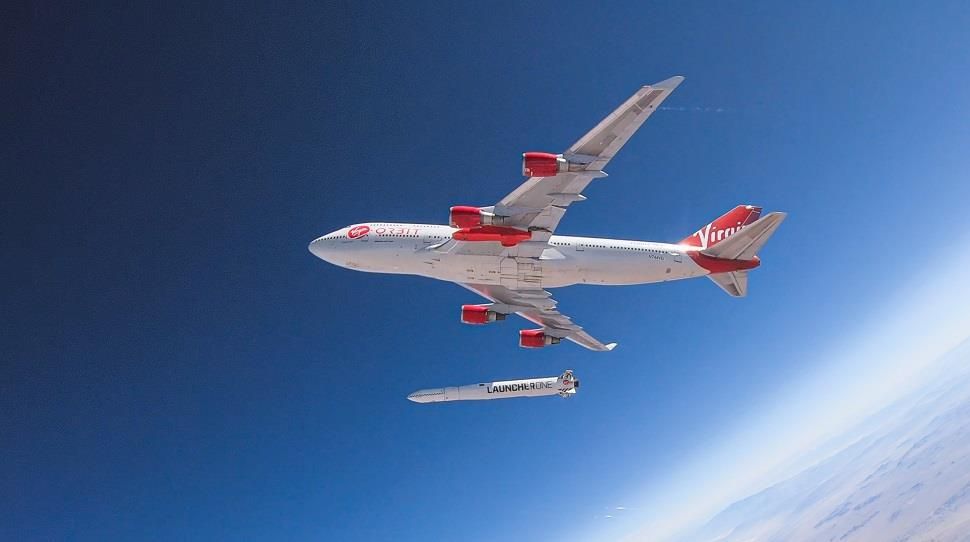
Like its key allies, the UK is increasingly reliant on space-based assets for daily life in ordinary civil society and for the perfornance of its military forces. So, the Royal Air Force’s operating domain now extends from the ground to far beyond the atmosphere.
In a lockdown summer of downbeat aviation news, it is perhaps fitting that a highlight was a model aeroplane in a windtunnel. In turbulent times for aerospace, that aircraft is even named after a storm. But in showing some detail of the external shape of the Tempest future fighter, BAE Systems has also emphasised the UK’s determination to ride out the technological, financial and geopolitical hurricanes which are set to shape the national defence challenges of the next few decades.
Those late August images from BAE’s Warton, Lancashire test facility reveal an external profile designed for stealth at Mach 2, to carry a wide range of payloads and to cope with the internal heat from enough onboard electric power to anticipate exotic technologies like laser directed-energy weapons.
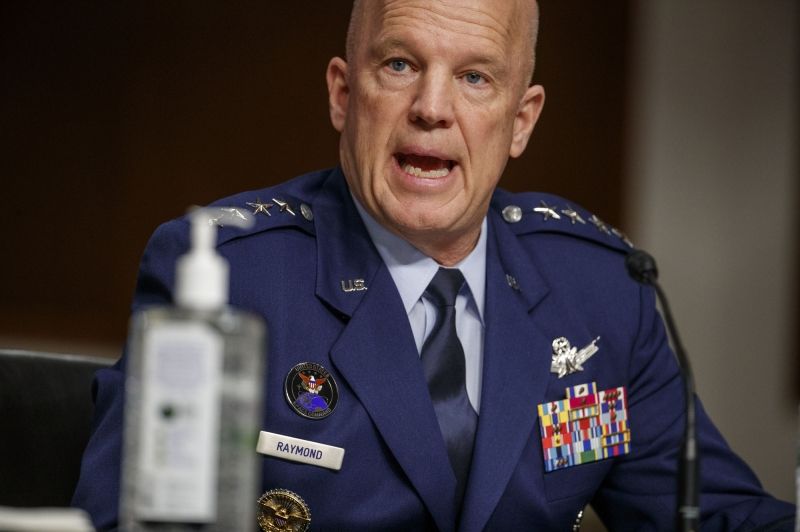
Oct. 22 (UPI) — Chief of Space Operations Gen. Jay Raymond established Space Operations Command during an activation ceremony at Peterson Air Force Base in Colorado this week.
According to the Space Force, Lt. Gen. Stephen Whiting will serve as commander of the new unit, which is mostly formed from former Air Force units 14th Air Force and Air Force Space Command.
At the ceremony Wednesday, Raymond and Whiting both talked about the decades of work that made the new organization possible, and the role of that history in preparing warfighters for space.
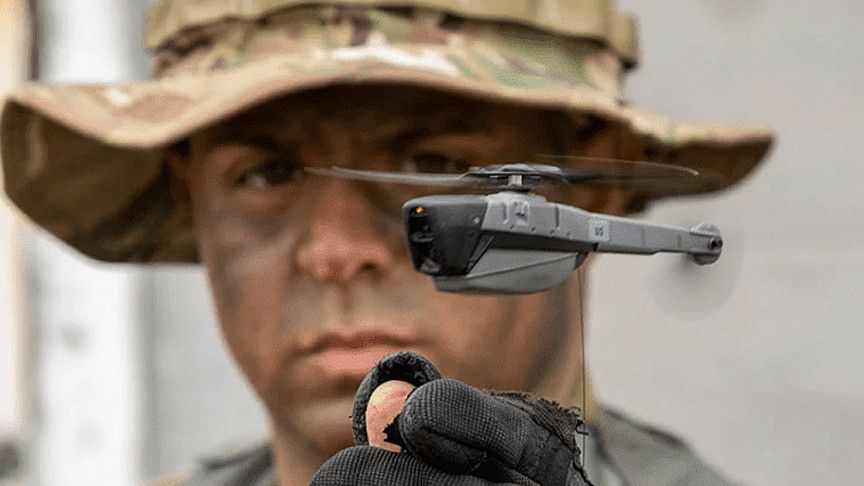
The U.S. army will have pocket sized drones.
Nano drones have become a major military tool over the past few years, and the most recent announcement of FLIR Systems being awarded an additional $20.6 million contract for their Black Hornet 3 Personal Reconnaissance Systems (PRS) by the U.S. Army is one big example of that.
While the contract is huge, the FLIR Systems Black Hornet 3 is only the size of a cellphone. This extremely light and nearly silent drone can fly up to 25 minutes, and provide many military advantages in combat.
With this second contract, FLIR Systems will be providing the service with additional miniature reconnaissance drones as part of the ongoing soldier-borne sensor program, National Defense reports.
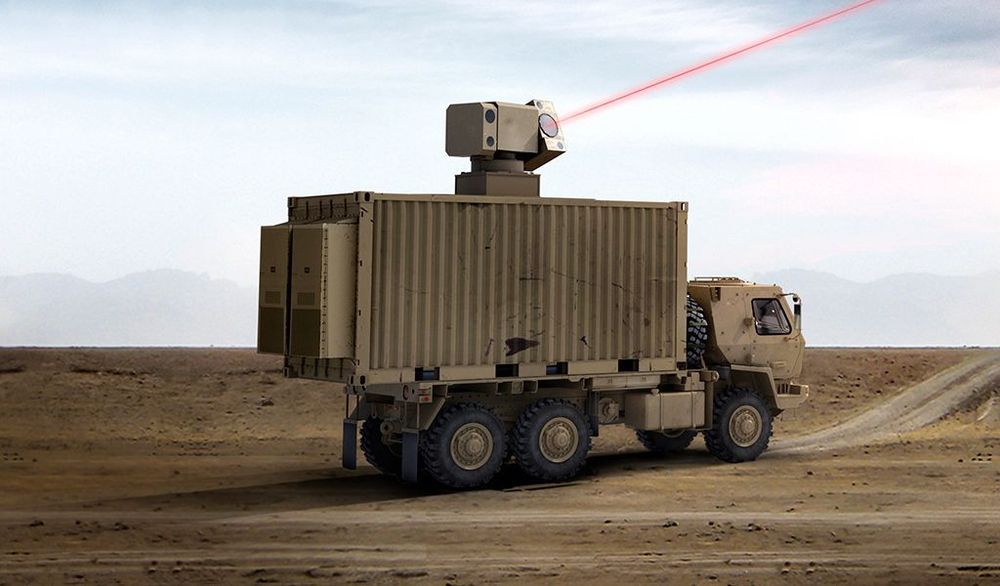
General Atomics Electromagnetic Systems (GA-EMS) and Boeing have entered into a partnership to develop a scalable 100 kW to 250 kW-class High Energy Laser (HEL) weapon system for air and missile defenses.
Laser weapons have been high on the wish lists of major military powers ever since the first laser was invented by Theodore Maiman at the Hughes Research Lab, Malibu, California in 1960. With enough concentrated power to burn through steel, enough range to cover literally astronomical distances, an operating cost of a dollar a shot, and an unlimited number of shots so long as there’s power available, the laser looked like the so-called ultimate weapon – if it could be made practical.
Of the problems that have hampered laser weapon development over the past six decades, one of the biggest is how to properly cool a laser generator. This is important because weapon-grade lasers have an efficiency between 50 and 70 percent, with the leftover percentages being lost as heat that could shut down or damage the device.
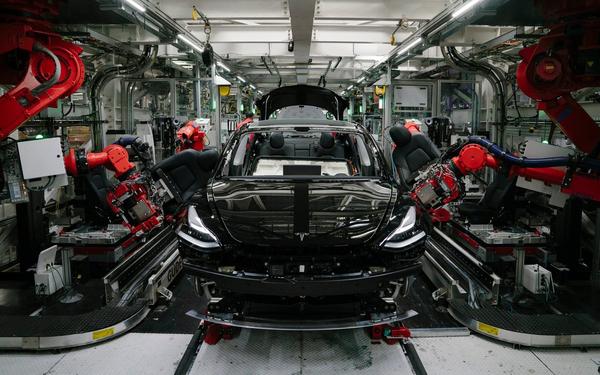
Well, considering current events…
The Tesla HEPA Filter and Bioweapon Defense Mode have repeatedly proven their usefulness and even vital necessity. At the moment, only Model S and Model X have the air-cleaning feature, however, there is a high probability that the HEPA filter will be installed in Model Y.
Hacker @greentheonly/Twitter has once again noticed several updates that should be made available to Model Y. He claims that the car will receive a HEPA filter and the corresponding Bioweapon Defense Mode. He also clarified that Model 3 most likely won’t receive it at this point.
ModelY gets the 3rd row “flat fold”. It also got HEPA filter and corresponding biohazard mode — this apparently is not planned for model3 at this time. Standard/Adaptive air suspension made reappearance on 3/Y so it’s also certainly in the works.— green (@greentheonly) October 22, 2020
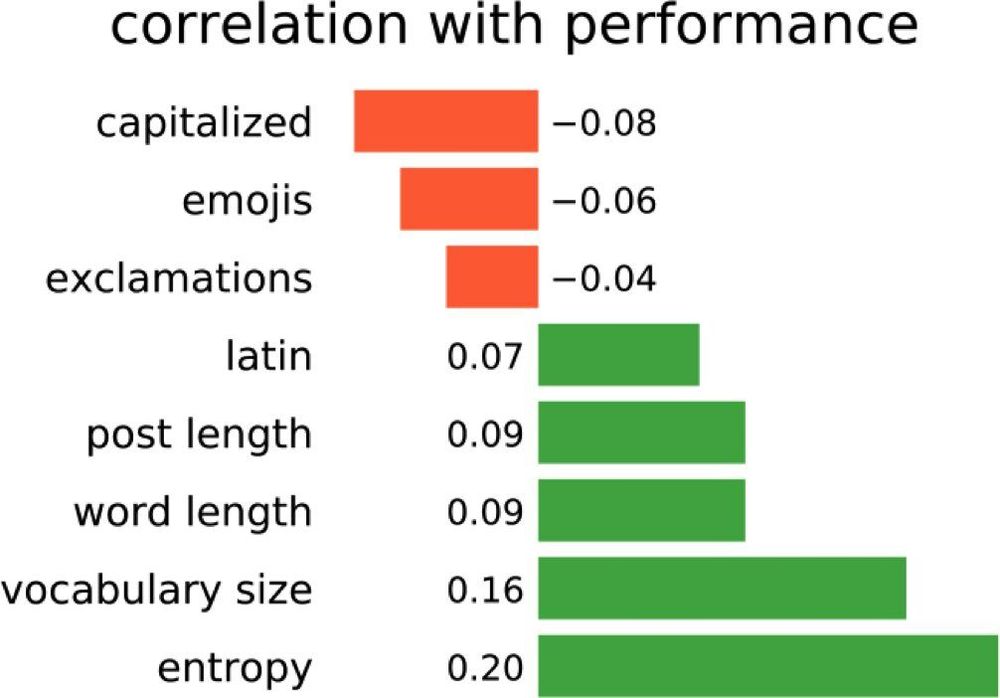
Ivan Smirnov, Leading Research Fellow of the Laboratory of Computational Social Sciences at the Institute of Education of HSE University, has created a computer model that can distinguish high academic achievers from lower ones based on their social media posts. The prediction model uses a mathematical textual analysis that registers users’ vocabulary (its range and the semantic fields from which concepts are taken), characters and symbols, post length, and word length.
Every word has its own rating (a kind of IQ). Scientific and cultural topics, English words, and words and posts that are longer in length rank highly and serve as indicators of good academic performance. An abundance of emojis, words or whole phrases written in capital letters, and vocabulary related to horoscopes, driving, and military service indicate lower grades in school. At the same time, posts can be quite short—even tweets are quite informative. The study was supported by a grant from the Russian Science Foundation (RSF), and an article detailing the study’s results was published in EPJ Data Science.
Foreign studies have long shown that users’ social media behavior—their posts, comments, likes, profile features, user pics, and photos—can be used to paint a comprehensive portrait of them. A person’s social media behavior can be analyzed to determine their lifestyle, personal qualities, individual characteristics, and even their mental health status. It is also very easy to determine a person’s socio-demographic characteristics, including their age, gender, race, and income. This is where profile pictures, Twitter hashtags, and Facebook posts come in.